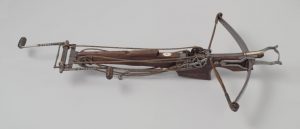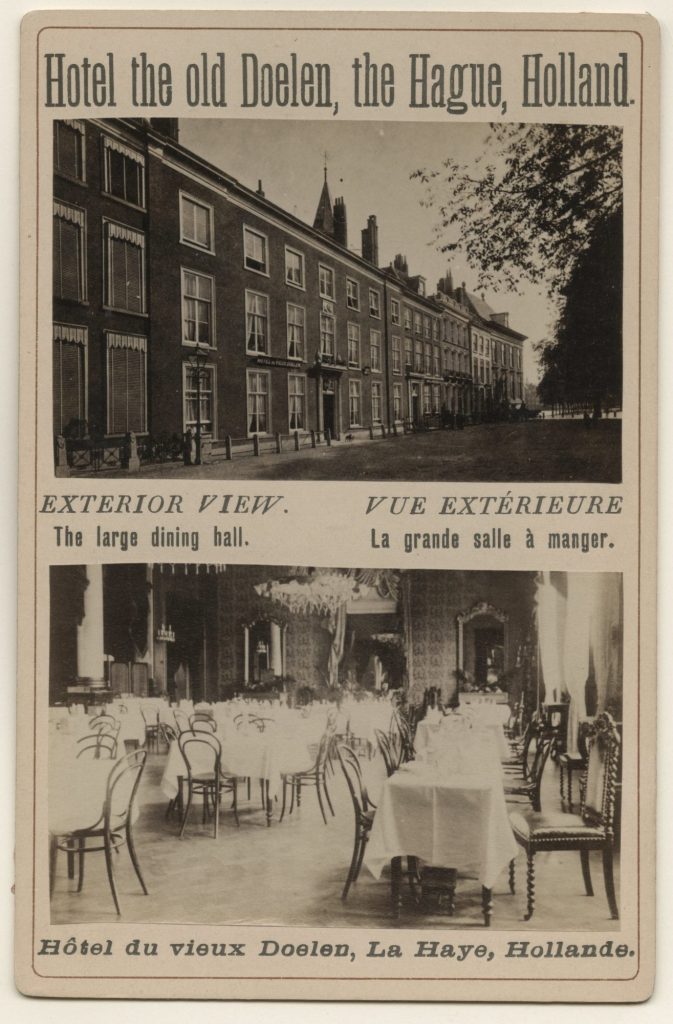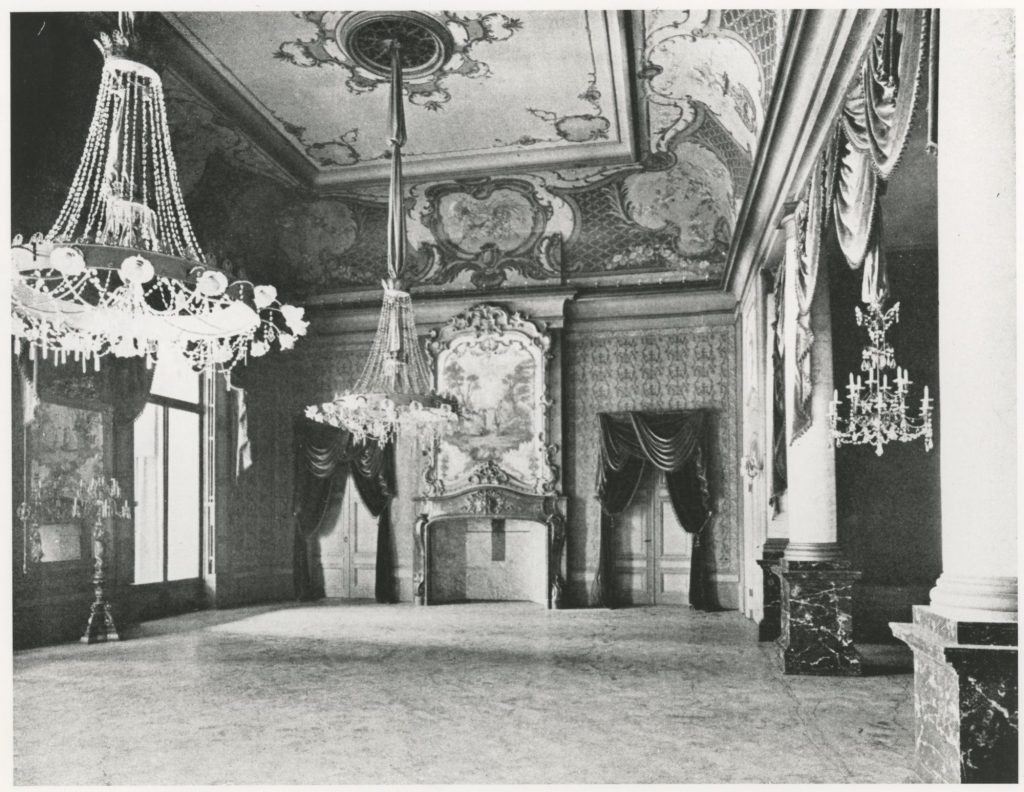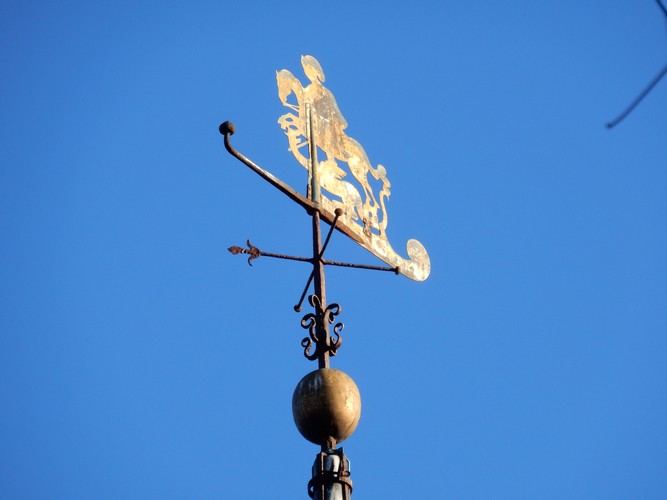Saint George’s guild
During the Middle Ages, militia or militia guilds were organised in many towns and villages. They were needed to prevent the invasion of robber gangs or enemy forces, and were used to safeguard order and peace in the community. These civic guards consisted of local citizens.
The St. George Guild of The Hague, (“Broederschap der Schutters van Sint-Joris” = Brotherhood of shooters of Saint George) was founded in the 14th century. You could only become a member if you had a lot of money. Money to pay for membership and to buy equipment, because you had to bring it yourself. Part of that equipment was a crossbow, because that was the weapon this particular militia used.
Meeting and practising
From 1397 the members of the guild had their “clubhouse” at Tournooiveld. The whole facility (building + shooting ranges) was called the Sint-Jorisdoelen (doelen = targets). As said, the archers used the crossbow, but they went with the times. In 1538 they were allowed to expand their training grounds with shooting ranges to practice with firearms
The meetings of the Guild were not only intended to maintain the marksmanship. The friendship and contacts were just as important, as even in those days we had “old boys networks”. After 1600 the members of the Saint George Guild left security of The Hague to the other militia in this town, but they continued as a social club.
The building
As a social club, the Guild no longer needed shooting ranges. The medieval guild house was demolished and replaced by a posh clubhouse known as the “Doelengebouw”, or Doelen Building. The wind vane on it has an image of Saint George and the dragon. On the facade you can see Sint Joris and the year 1625 again. By the way, the current facade is from the 18th century.
This “clubhouse”, where the members of the guild met and held their parties, eventually became an extremely chic lodge or hotel and was known as the Oude (Old) or Sint Jorisdoelen. The designation “Old” was intended to distinguish this building from the “New” doelen of the Saint Sebastian militia.
The building’s lavish rooms attracted other users — for example, the States of Holland, which met there for several years beginning in 1581.
Mozart
If in September 1765 you could spend 3 guilders on culture, you could buy a ticket for a special performance. An 8-year-old child prodigy played his own compositions. The young Wolfgang Amadeus Mozart was touring Europe with his father and his 14-year-old sister, and The Hague was one of their stops. They performed at the Stadtholder’s court, but father Mozart also organized public concerts in the Oude Doelen.
Would you like to learn more about interesting buildings in The Hague? Invite family and friends to a city walk through The Hague.









